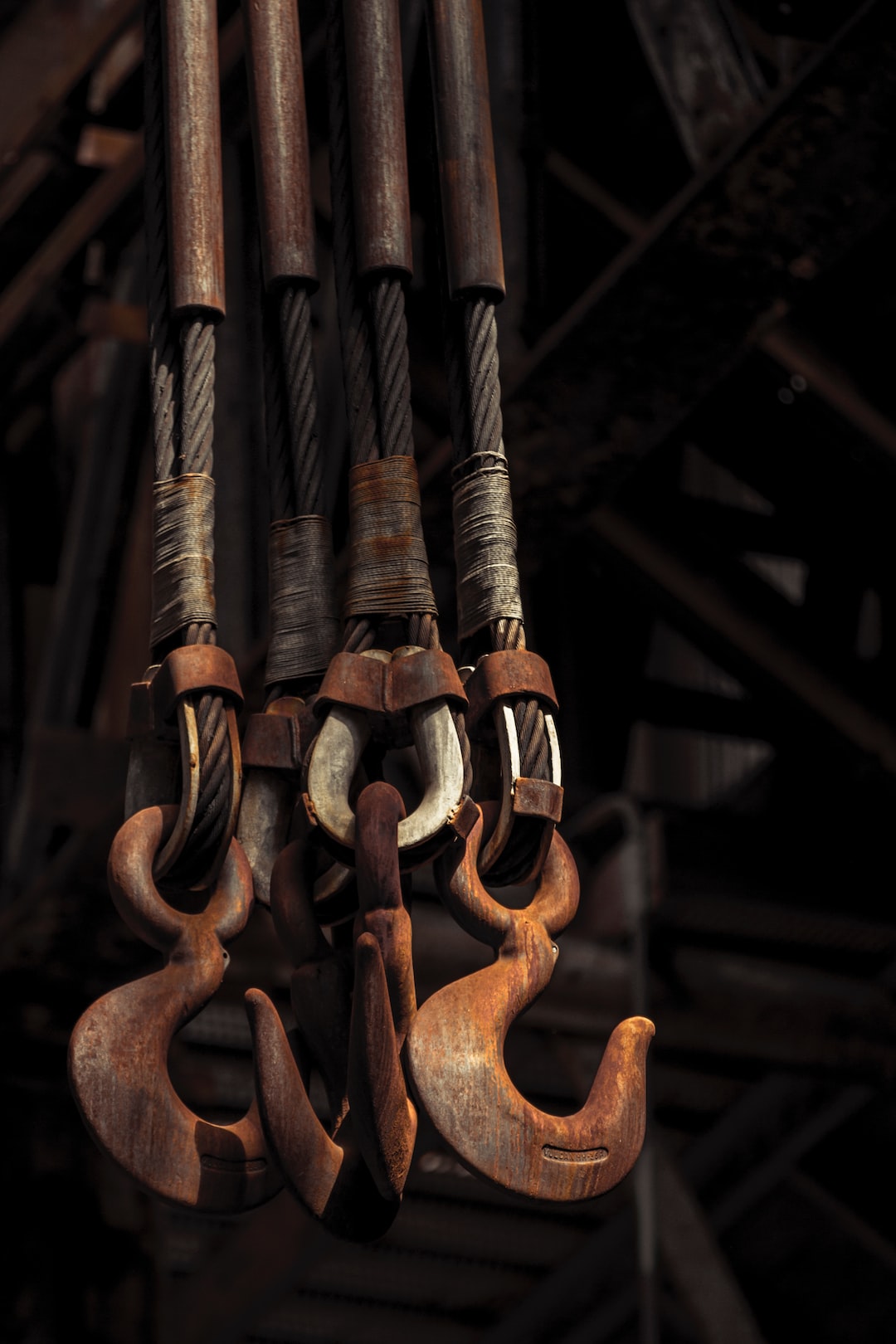The Evolution of Manufacturing: From Industrial Revolution to Fourth Industrial Revolution
The manufacturing industry has come a long way since the days of the Industrial Revolution. From the early mechanization of processes to the rise of automation and digitization, manufacturing has undergone significant transformations throughout history. Today, we find ourselves on the cusp of the Fourth Industrial Revolution, where advanced technologies converge to redefine the manufacturing landscape yet again.
The journey of manufacturing can be traced back to the late 18th century when the first Industrial Revolution took place. During this period, traditional hand production methods gave way to mechanized processes fueled by water and steam power. This shift marked the birth of mass production and the factory system, dramatically changing the economic and social fabric of societies. Textiles, iron, and coal industries thrived, giving birth to cities and urbanization.
The Second Industrial Revolution, which occurred in the late 19th and early 20th centuries, brought about even more significant changes. The advent of electricity and the development of the assembly line by Henry Ford transformed manufacturing on a massive scale. This led to increased productivity, decreased costs, and the rise of the consumer culture. The production of automobiles, appliances, and other consumer goods became more accessible to a broader population.
However, it was the Third Industrial Revolution, also known as the Digital Revolution, that truly revolutionized manufacturing as we know it. This period, beginning in the 1950s, witnessed a shift towards computerization and automation. Manufacturing processes became more precise and efficient, thanks to the widespread use of computers and robotics. This era introduced the concept of Computer Numerical Control (CNC) machines, enabling the production of complex parts with unparalleled precision.
Now, we find ourselves at the precipice of the Fourth Industrial Revolution, characterized by the fusion of physical, digital, and biological technologies. This revolution, also referred to as Industry 4.0, is set to transform manufacturing once again. With advancements in artificial intelligence, machine learning, big data analytics, and the Internet of Things (IoT), the possibilities seem infinite.
The Fourth Industrial Revolution promises unprecedented levels of efficiency, customization, and sustainability. Smart factories equipped with interconnected sensors and devices will communicate and cooperate in real-time, optimizing production processes, minimizing waste, and maximizing productivity. This connectivity extends beyond the factory floor, with smart supply chains ensuring seamless coordination from raw material sourcing to delivery to end consumers.
Artificial intelligence and machine learning algorithms will play a significant role in analyzing vast amounts of data generated by manufacturing operations, enabling predictive maintenance and improving overall efficiency. This will reduce downtime, enhance equipment reliability, and ultimately lead to cost savings. Moreover, the ability to analyze real-time data will empower manufacturers to make faster and more informed decisions, adapting quickly to changing market requirements.
The Fourth Industrial Revolution also offers exciting possibilities in terms of customization and personalization. As production processes become more flexible, cost-effective, and agile, manufacturers will be better equipped to cater to individual customer preferences. Whether it’s a customized smartphone or a personalized pair of shoes, mass customization will become a feasible reality.
In addition to efficiency and customization, the Fourth Industrial Revolution will place a significant emphasis on sustainability. With growing environmental concerns, manufacturers are under increasing pressure to reduce their carbon footprint and adopt sustainable practices. Industry 4.0 technologies offer a range of solutions to achieve these goals, from energy-efficient production methods to the use of renewable materials and the development of circular economies.
As we embrace the Fourth Industrial Revolution, it is essential to recognize the challenges that come with it. We must address issues such as data security, workforce reskilling, and inclusivity to ensure that the benefits of this revolution are accessible to all. Collaboration between governments, businesses, and academia will be crucial in shaping policies, fostering innovation, and creating an environment conducive to the success of Industry 4.0.
In conclusion, the evolution of manufacturing has been characterized by significant technological advancements, from the Industrial Revolution to the Fourth Industrial Revolution. Each revolution has reshaped the manufacturing landscape, driving economic growth, improving productivity, and transforming our way of life. As we stand on the threshold of the Fourth Industrial Revolution, the future of manufacturing holds immense promise, as long as we responsibly harness the power of technology to create a more sustainable, efficient, and inclusive industry.

